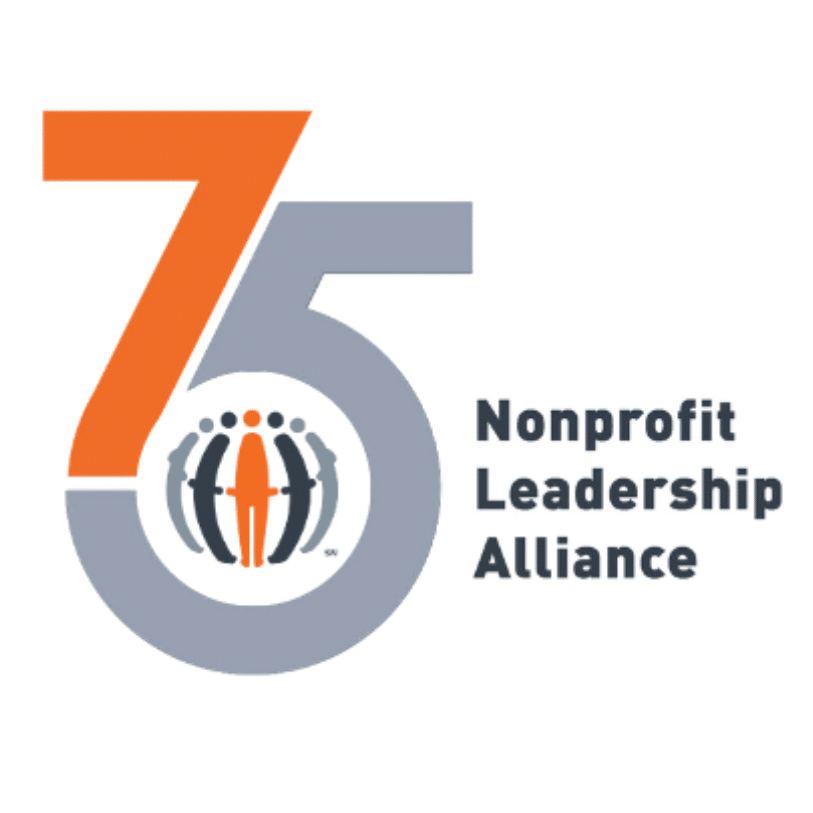Risks of Tech Implementation
How many risks can you think of when purchasing new nonprofit technology? I can think of several. There are financial and successful integration risks, time investments, and learning-curve challenges to face, just to name a few.
It may also be devastating to a nonprofit leader if a large investment in a new technology fell short of expectations. These risks alone could be the reason a nonprofit decides to not take their organization to the next level of operational optimization. However, not doing so can keep a nonprofit at a level where they cannot manage an increase in business or a higher demand for services.
Although it can never be guaranteed that these efforts will be completely seamless, risks of poor outcomes can be minimized with a comprehensive strategy that supports organizational culture!
Consider the following 3 strategies when introducing a new technology to fellow colleagues, employees, or an entire organization.
#1 People Strategy
People can be the greatest asset to an organization but can also be a pain-point if their role is not carefully considered or defined when introducing new technology.
An organization’s people strategy must include staff in the decision-making process who will use the technology or software on a regular basis.
This creates buy-in and a sense of ownership for implementation. You do not need to include everyone who will use the technology, but rather a representation of the types of roles that are necessary in using the new product. Having too many decision-makers can slow down the process and add unnecessary bureaucracy.
Ask the right questions.
- Who should help evaluate the technology?
- Is a new role required to support the use of this technology?
- Is the technology user friendly? Who will need access?
- Can it be managed in-house?
- Is training needed prior to system-wide introduction? Can the vendor provide training manuals?
- Is the software able to be used remotely and virtually?
#2 Process Strategy
Organizational processes, or how we do things, are the crux of why new technologies are implemented. A new technology should support the organization’s vision in at least one of four ways:
- Automate a process to save time and/or money or use less staff
- Communicate, display, or share information more readily
- Collect and store information
- Produce reports for data review and performance evaluation
Document, document, document.
Many nonprofits develop their processes organically. When something needs to be done, someone just does it. However, to get the most out of a new technology or software, staff should take the time to write down how the processes work from beginning to end. In this way, gaps in processes, or areas where the new technology can be useful, can be identified. Doing this will lead to developing thorough questions about how the technology can work for your nonprofit.
Ask the right questions.
- What does this technology need to do to meet our organization’s needs?
- Will the use of this software require moving large amounts of data?
- Can stored data from a spreadsheet be imported electronically?
- Can this technology connect with other technology that is currently being used or will be used in the future?
- How can this new software be accessed?
#3 Planning Strategy
During the planning process, there are two very important boxes to check off: Timing and support. Ask yourself: “Is this the right time to introduce new technology? Do we have the necessary support to introduce new technology?”
Knowing the “when” is just as important as knowing the “how” to introduce new technology to an organization.
Examples of how NOT to implement new technology.
- Burdening staff. If a staff member is already working on three or four different projects and they have now become responsible for implementing this new technology, prepare for staff burnout and a potential decline in morale.
- Information overload. There is too much “new” in the organization because everything is changing at the same time.
- Depleting resources too quickly. The organization is running out of money and is not able to finish the implementation.
Alleviating concerns from senior leadership.
If your new technology needs to be approved by a board or a senior leader, you must ensure that a senior leader is backing your efforts. One way to get a senior leader to champion the effort is to tie the need for the technology to a desired outcome that can be measured, monitored, and managed.
The lines must be clearly drawn from need to outcome so that there is no confusion as to what the new technology will accomplish and how this supports the vision of the organization.
Once the leader is on-board, they will be able to provide the necessary support to remove obstacles that may arise during the process of getting the new technology up and running.
Ask the right questions.
- Who needs to be a part of the approval process?
- How does this technology support the organization’s vision?
- Is the purchase of this technology aligned with a measurable outcome?
- Is there a free version for limited use that can grow with the nonprofit in the future?
- Is additional hardware, software, or security needed?
- Have the costs and cost savings for the purchase, implementation, and training of the new technology been identified?
- Are there any current initiatives that will conflict with this new technology or compromise its effectiveness?
By employing these 3 strategies, you will be well on your way to adopting new technology that delivers on supporting your vision!
About the Author
 Miriam P. Dicks, Founder, 180 Management Group
Miriam P. Dicks, Founder, 180 Management Group
Miriam P. Dicks is the Founder and CEO of 180 Management Group, an operations consulting firm specializing in operational strategy and design for nonprofit organizations. She is an operations leader with proven experience in transforming organizations to achieve optimal operational performance. Her passion for operations is fueled by her belief that any organization can operate in excellence with the right tools for change.
Did you enjoy this story?
Get nonprofit tips and tools delivered right to your inbox by joining The Nonprofit Leadership Alliance Newsletter. Our bimonthly newsletter will make sure you know what’s happening with our network of social sector leaders.
3 Nonprofit Tips to Secure Effective Corporate Partnerships
Your nonprofit has plenty of responsibilities to manage, from planning fundraising events to organizing community programs. If you’ve found yourself wishing for an extra support system, we’ve got the solution for you. Corporate partnerships with
Uplifting Middle Tennessee: Nicole Olivia Rose’s Dedication to Nashville
In the heart of Nashville’s nonprofit sector, you can find Nicole Olivia Rose, CNP (Certified Nonprofit Professional). This exclusive interview gives us a peek into her inspiring career journey and the profound impact one individual
58 Reach Midway Point in Nationally Recognized Nonprofit Training Program
In the nonprofit sector, effective leadership plays a vital role in bringing about significant change. The Certified Nonprofit Professional (CNP) program, administered by the Nonprofit Leadership Alliance, proudly recognizes the hard work of the 58



